When you grow vegetables, you quickly come to realize that you are not just feeding yourself and your family. There are lots of creatures that will love your garden as much as you do. While sharing veg is something that you will have to get used to, there are many things you can do to prevent sharing too much. There’s nothing worse than checking on your garden to find a pest that ate every blossom off your plants.
The right awareness and know-how for safe control methods can make all the difference. Let’s have a look at the likely culprits that you may find in your vegetable garden, starting from the biggest to the smallest.
1. Deer
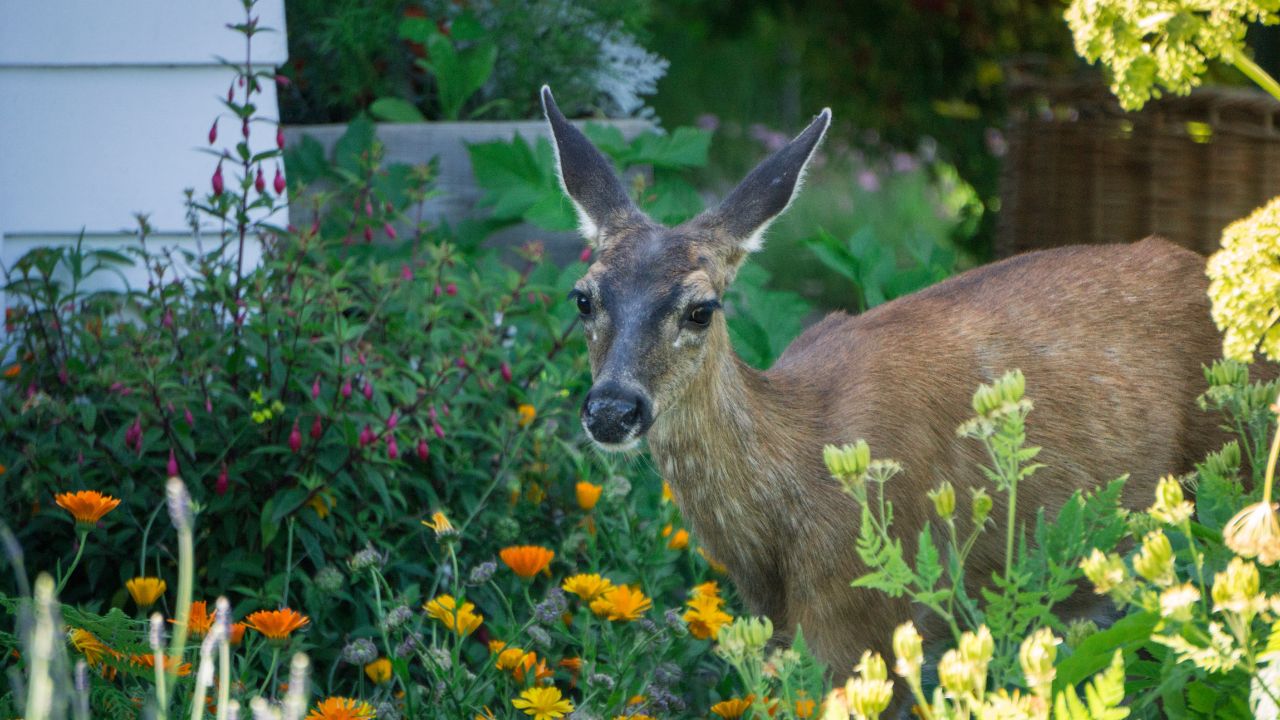
Image Credit: Shutterstock.
Deer seems like an unlikely pest in a guide to vegetable garden pests, but if you live in an area where deer run wild, they can be a devastating visitor. They might see your garden as an all-you-can-eat buffet that you don’t want to keep open 24/7.
High fencing is the most effective way to protect against deer, but if you have an open garden, growing strong-smelling plants such as onions and garlic will put them off. Deer will do no damage to root plants and stay away from the likes of rhubarb. But if you have any of their favorite flowers, like hydrangeas or other tasty vegetables growing you might have to take further steps to protect them.
2. Cats
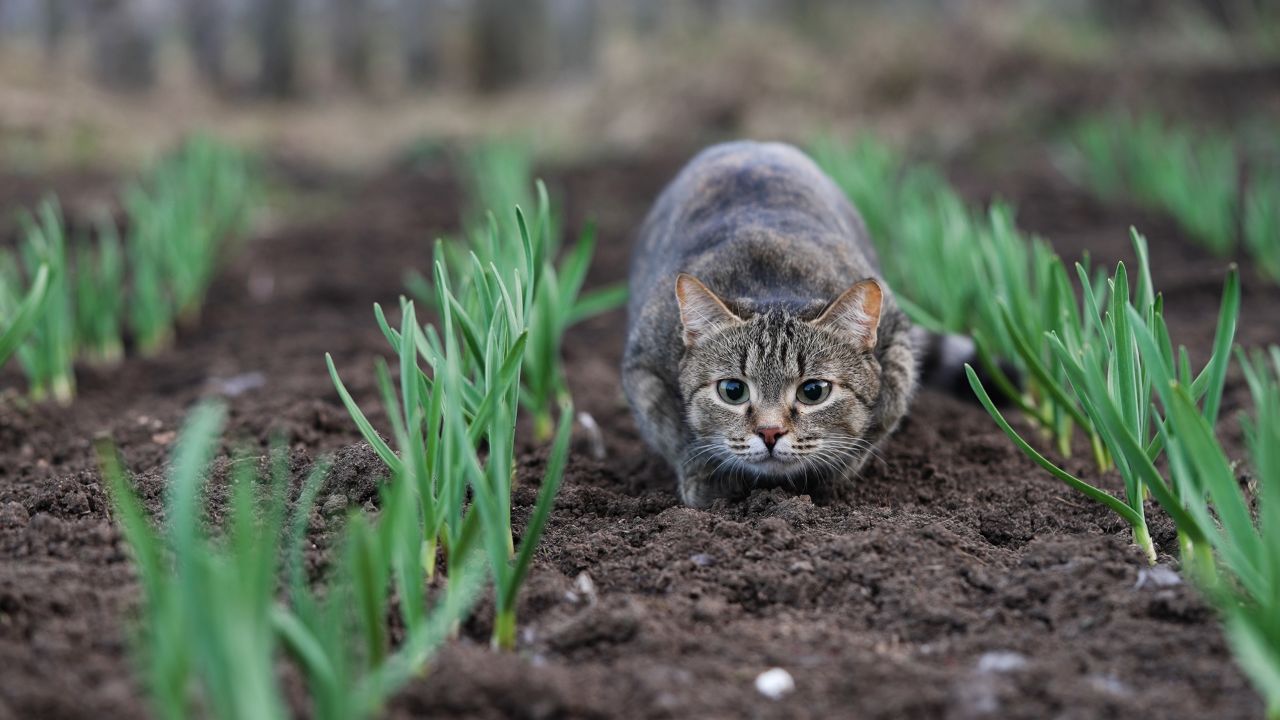
Image Credit: Shutterstock.
Cats can be a pain if they decide to use your vegetable garden plot as a litter tray. Polite cats will bury their mess and leave you with the occasional surprise. Others are a little more open about their mess and will place it anywhere. What can you do to keep cat poop out of the garden?
A 2-liter soda bottle filled with water will reflect some odd cat-like shapes back at them which can put them off. You could also plant lavender and rosemary: cats don’t seem to like the smell. There is even a plant called scaredy cat that smells like dogs pee. Other options include ultrasonic pet repellers and motion activation sprinklers.
3. Rabbits
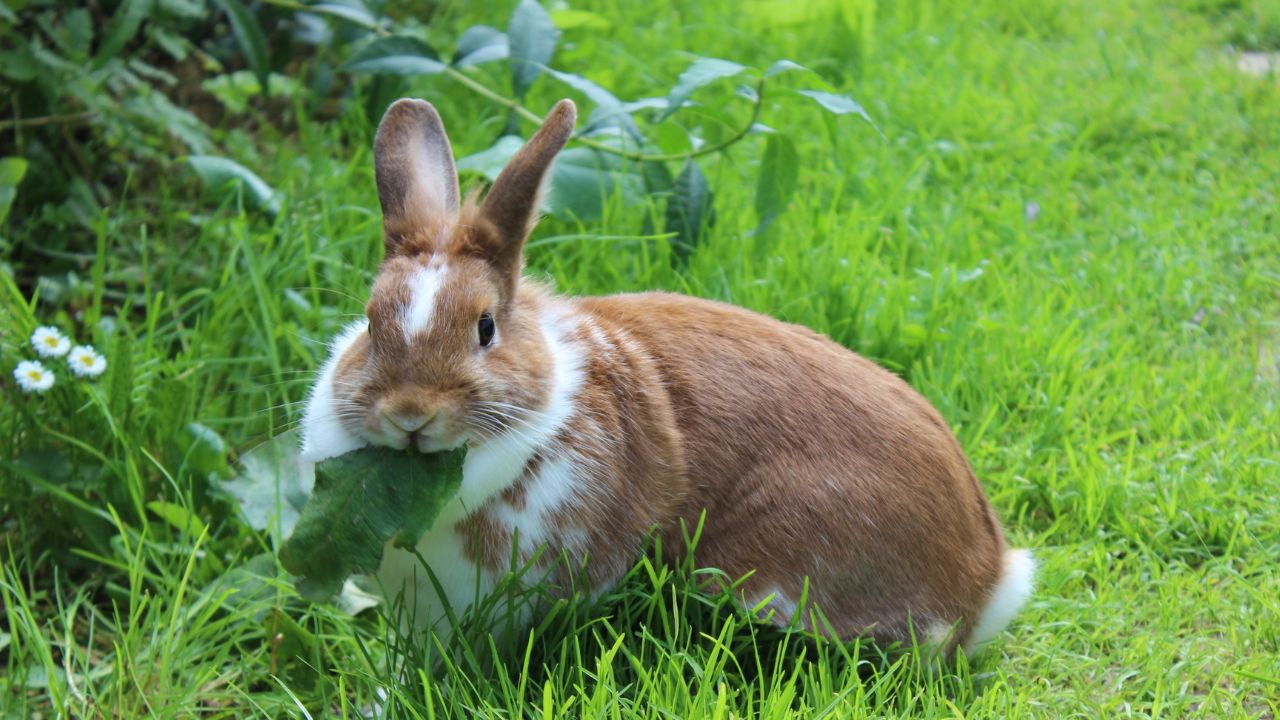
Image Credit: Shutterstock.
It is surprising what rabbits will nibble at! I have read that a border of onions might deter them.
I’m not too sure about that, as one year we planted about 50 leek seedlings only to return to find 50 cut-offshoots. A rabbit had given all of them a try, maybe he wasn’t sure if he liked them or not. There are not many plants that deter rabbits, but if you sow plenty of clover into your grass, they will tend to eat that rather than anything else.
Other rabbit-proofing options include motion-activated sprinklers and raised beds. Fencing is the best protection: it only needs to be about 3 feet high. Make sure you bury the bottom of the fence for it to work.
4. Moles
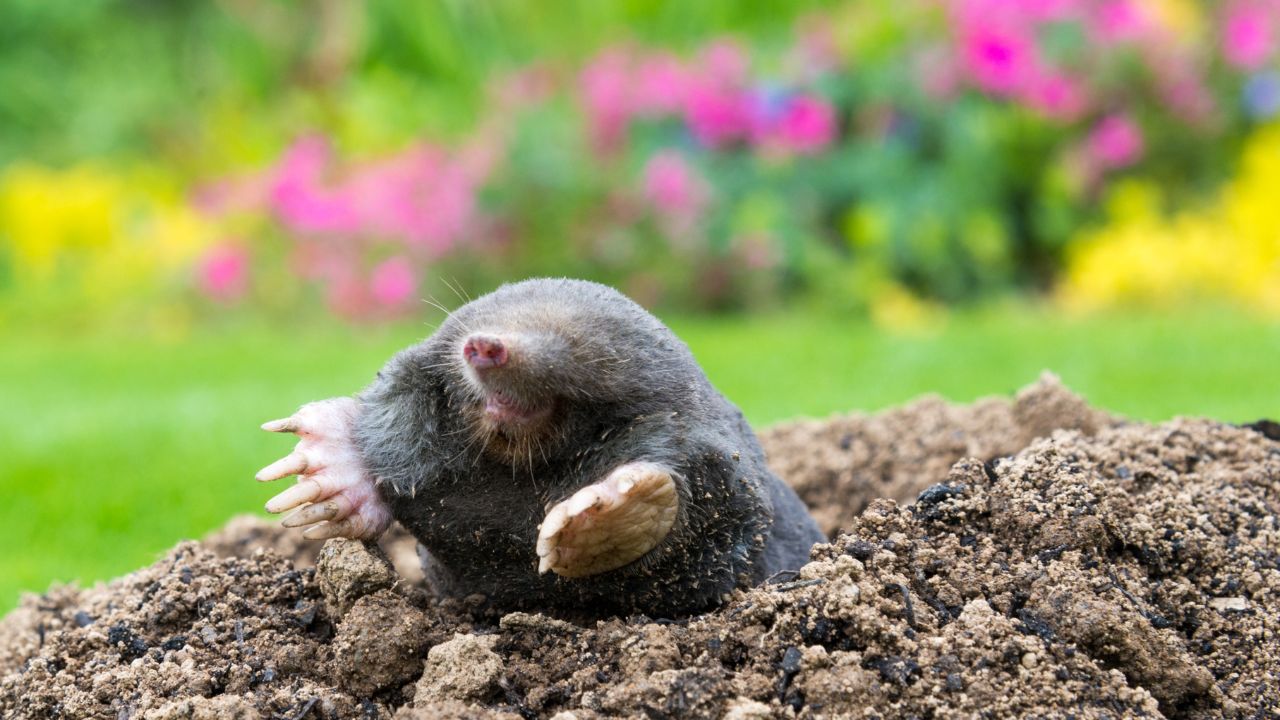
Image Credit: Shutterstock.
Moles will not do much damage to your vegetables, but they can damage the garden, and their runs can be used by other pests.
What are your mole control options? Other than traps, you could try planting a border of daffodils and marigolds, or a border of any of the allium family of plants.
5. Birds
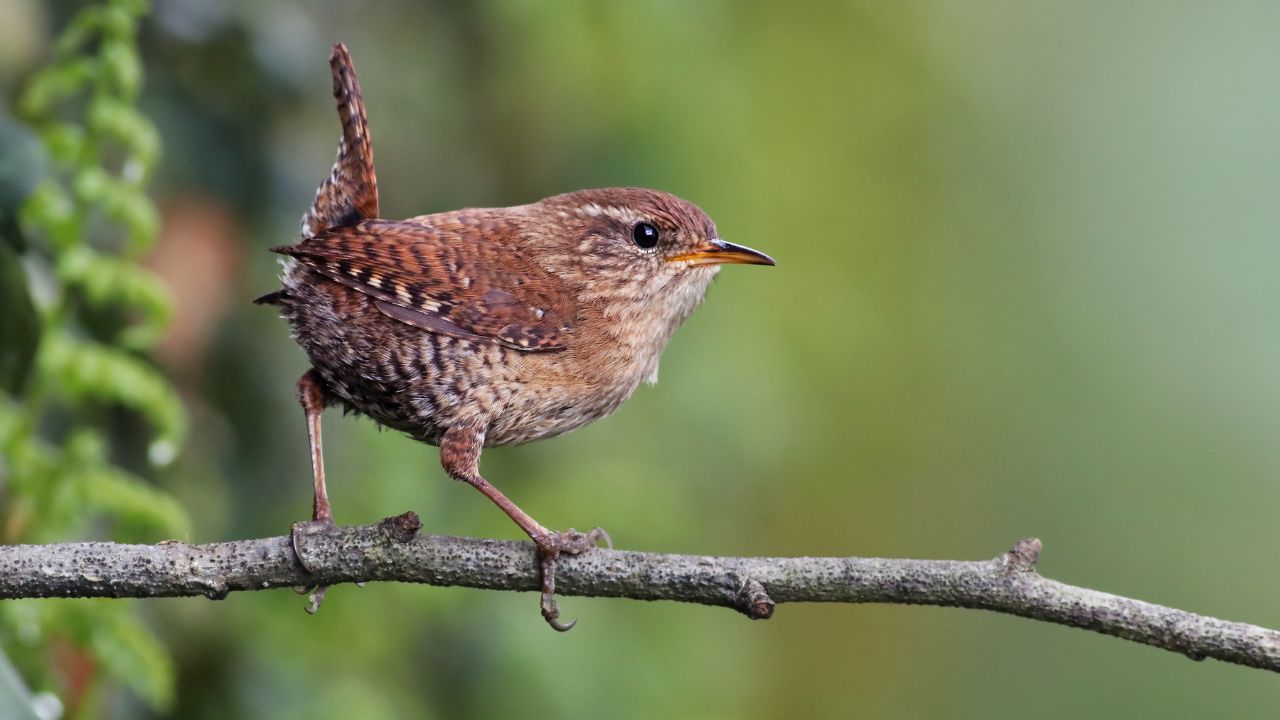
Image Credit: Shutterstock.
Birds are probably the most devastating of the pests group. They can demolish your fruit bushes in days, going for red currants, black currants, raspberries, strawberries, and loganberries.
A net cage is an obvious answer, but if there is a way in they will find it, and then never quite figure out how to get out. If this happens your fruit cage becomes a prison with an abundant supply of rations.
Even in the depths of winter, a pigeon could destroy your brassica plants, especially when they are hungry. There are other options like deterring powders, sprays, and scarers you can try to see what works best in your garden.
6. Slugs And Snails

Image Credit: Shutterstock.
These can be extremely damaging to leaves, roots, and potato tubers, and are one of the most difficult pests to control. If you are trying to avoid slug pellets (due to the harsh chemicals and risk they pose to other animals) there are other ways you can form barriers between your plants and slugs.
Crushed eggshells are sharp: spread them close to the bottom of your plant to stop slugs and snails from climbing up. Beer traps are also very effective, and copper strips around pots will stop them from climbing up. Coffee grounds are said to be very effective too, as they hate the caffeine.
We plant our potatoes in a trench lined with seaweed, it makes a great fertilizer, and slugs seem to hate it. Many people hunt at night for slugs and snails, but this seems like an endless job. You could also splash some cider on some wilted lettuce leaves and put them under a black bag. You’ll find a nice haul in the morning.
7. Caterpillars
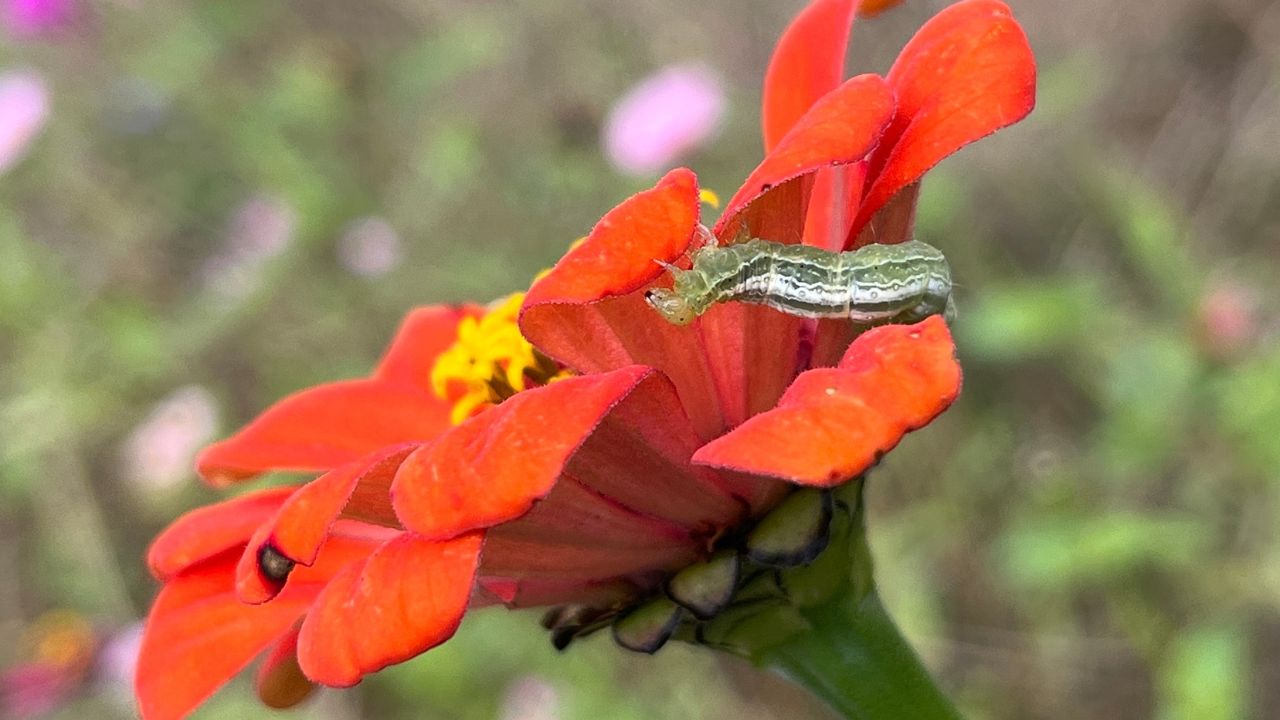
Image Credit: Shutterstock.
I am always amazed by how much caterpillars can eat! What you thought was your best cabbage can be reduced to a cabbage skeleton in just days.
Prevention is a good option. Nettles are the natural target for the white cabbage butterfly, and will often favor nettles over your prized brassicas. But still, keep checking the underside of leaves for eggs and wipe them off, they are easily missed and if they hatch they will quickly devour your plants.
8. Leaf Beetles
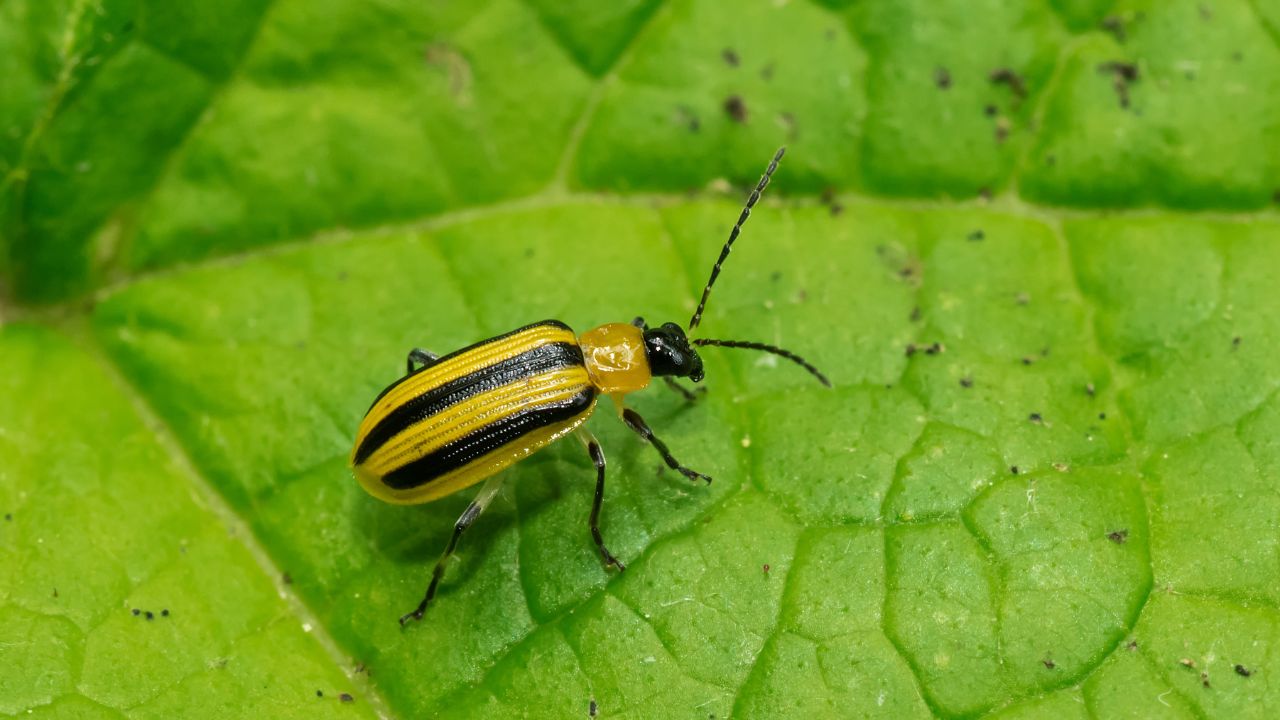
Image Credit: Shutterstock.
There are many thousands of types of leaf beetles. If you have an infestation, it could be devastating to the particular crop they are favoring. All leaf beetles can be controlled by using a homemade soap spray.
Individual species may require physical control, such as capturing and destroying the beetles and their eggs or larvae. It can be a tedious job, but is effective if done consistently.
9. Cabbage Root Fly
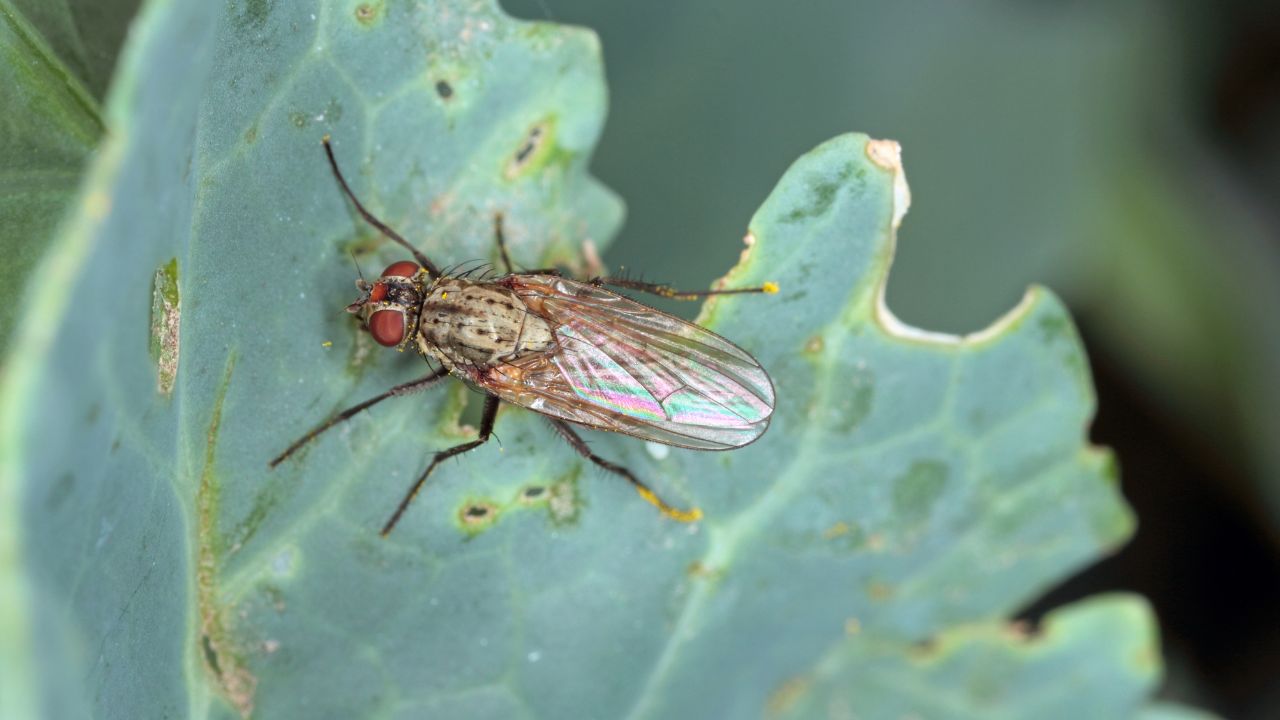
Image Credit: Shutterstock.
The cabbage root fly is probably the one that has hurt us more than any. The fly lays its eggs at the base of any brassica, and the larvae feed on the plant’s roots. Well-developed plants can survive, but young plants will never recover.
The best prevention is to cut a square of cardboard or carpet under-felt, make a slit to the middle, and to slide over the stem of the plant creating a barrier where the plants meet the ground.
10. Carrot Root Fly
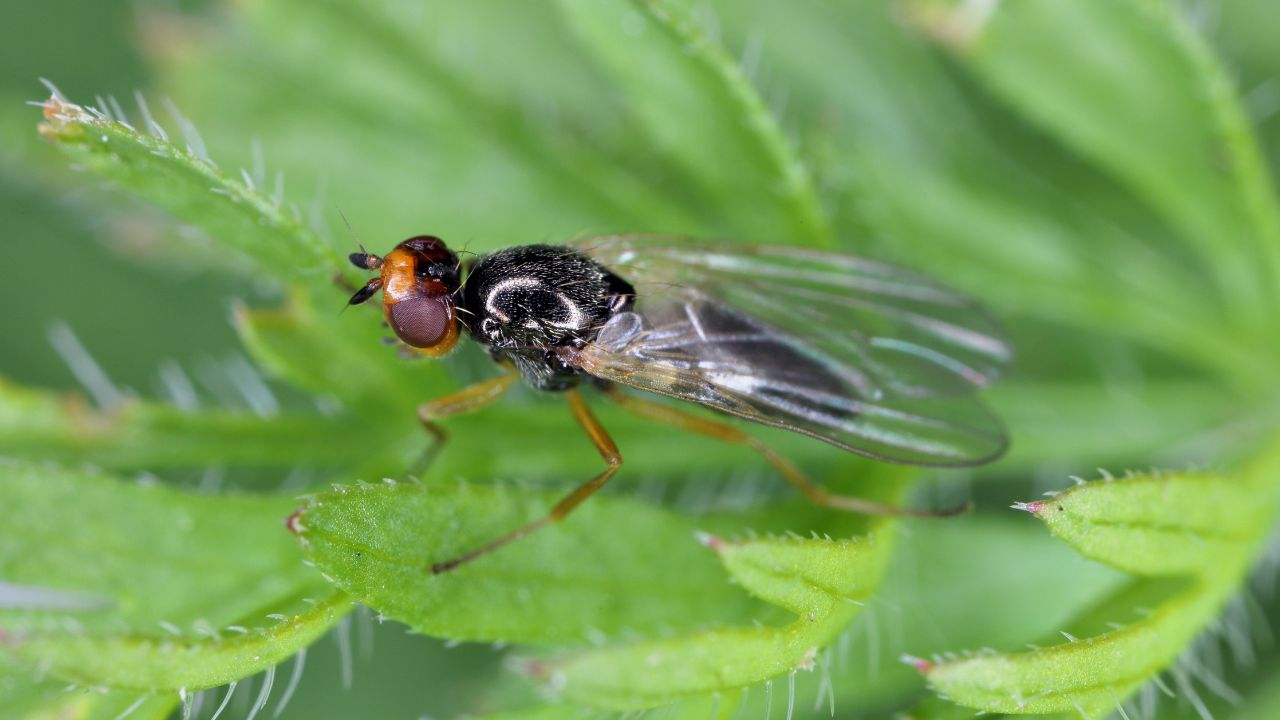
Image Credit: Shutterstock.
Up until June, this fly will scour the atmosphere for the scent of carrot and parsnip, and once detected she will hone in like a guided missile. Traveling just a few inches from the ground she can detect the smell of carrots from miles away.
The trouble is that she can’t fly much higher, so if you put a 2-foot high barrier around your carrots and parsnips, she’ll never get at them.
11. Aphids

Image Credit: Shutterstock.
Aphids are all sap-eating insects: white fly, green fly, black fly, or other sap-sucking mites.
There are a number of ways of getting rid of aphids. You could:
- blast them with water to dislodge them
- control the ants that protect them to leave them vulnerable to predators
- make up a garlic spray to kill them
To make the spray, chop up a garlic clove and an onion, mix with a pint of water and a teaspoon of cayenne pepper, let steep for an hour or so, strain, and add some washing-up liquid (dish soap). Use this on your plants as a prevention and a cure.
Try companion plants to encourage the insects that feed on aphids; you can then provide a natural solution to pest control. Why not encourage some cute visitors to your garden, such as ladybugs, to solve garden pest problems?


geoffrey
Saturday 8th of January 2022
My new plants are being cut off at ground level
Adriana
Saturday 8th of January 2022
You probably have cutworms.
How To Get Rid Of Cutworms In The Garden - 4 Easy Ways To Keep Them Away
Wednesday 15th of September 2021
[…] Before we delve into methods for controlling cutworms, it’s important to properly identify cutworms and the damage they cause in the garden. Once you’ve confirmed the type of pest you’re dealing with, you can start implementing methods to get rid of cutworms. It often helps to try two or more options at once, and some of these will also help keep other pest populations in check. […]
Minnesota Native Plants List: 12 Stunning Wildflowers For Your Landscape
Tuesday 14th of September 2021
[…] Also native to Minnesota are the similar flowers nodding wild onion, wild chives, and wild garlic. All of these native onion plants are good for attracting bees and butterflies. They also have a scent that can help repel deer, rodents, and other garden pests. […]
How To Grow Basil - Complete Guide To Growing And Preserving Basil
Sunday 16th of August 2020
[…] slugs (since basil needs lots of moisture and slugs LOVE a moist environment too, this can happen). Just stay vigilant and get rid of them by either trapping them with beer or adding a sprinkle of eggshell powder or coffee grounds around the basil. Learn more about getting rid of slugs and snails here. […]
Eagle
Wednesday 27th of February 2019
I have voles. They are more commonly known as "field mice" They burrow underground making mounds and eating away at roots. They make holes in melons and I can't find a way to rid myself of them. Too many for cats to munch on. Looks like I'm going to have to invest in raised garden beds which should take care of any 4 legged critters.